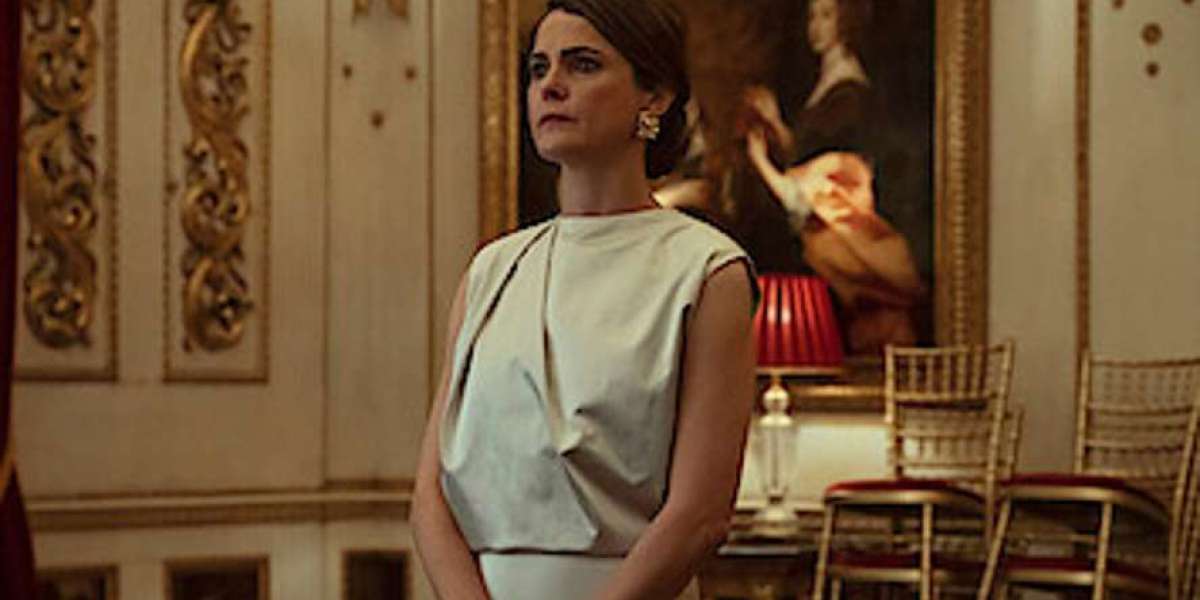A Journey Through Chocolate’s Origins
Chocolate has a history as rich as its flavor. Its journey began over 3,000 years ago in the ancient civilizations of the Maya and Aztecs, where cacao was revered not just as a food, but as a sacred gift from the gods. Back then, chocolate was consumed not as the sweet treat we know today, but as a bitter, spiced drink used in rituals, celebrations, and even currency. The raw cacao beans were ground and mixed with water, chili, and herbs, creating a concoction reserved for royalty and warriors.
When Spanish explorers brought cacao back to Europe in the 16th century, it underwent a dramatic transformation. Sugar, cinnamon, and milk were added, evolving the drink into a luxury beverage for the aristocracy. It wasn’t until the Industrial Revolution that chocolate shifted from elite indulgence to a mass-market delight. The development of machines for refining and molding chocolate enabled companies like Cadbury, Lindt, and Hershey to begin large-scale production, creating the familiar bars and bonbons we see today. Along with this came the need for proper packaging not just to protect the product, but to market it.
Understanding the Types of Chocolate
Today, chocolate comes in various forms, each with its own appeal. Dark chocolate, known for its high cocoa content and bold, slightly bitter flavor, is favored by those seeking a rich taste or health benefits due to its antioxidant properties. Milk chocolate, with its creamy texture and sweeter taste, remains a universal favorite, especially among children and casual snackers. White chocolate, despite being the sweetest, is technically not chocolate at all since it contains no cocoa solids only cocoa butter, sugar, and milk.
More recently, ruby chocolate has gained attention. Naturally pink in color and slightly fruity in flavor, it’s visually stunning and caters to younger, trend-conscious consumers. Then there’s compound chocolate, a budget-friendly alternative used widely in commercial confectionery. Though it lacks the premium feel of pure chocolate, it helps businesses keep costs low while maintaining versatility in mass production.
Knowing your chocolate type isn’t just important for taste it influences everything from shelf life to how it should be packaged and marketed.
The Chocolate Business: Big Brands and Boutique Makers
The global chocolate industry today is a billion-dollar empire. On one end of the spectrum are multinational giants like Mars, Ferrero, and Nestlé, producing massive volumes with automated precision. These companies invest heavily in packaging technologies, designing tamper-proof boxes, resealable pouches, and seasonal gift sets that flood supermarkets across the world.
On the other hand, the rise of small-batch chocolatiers and home-based brands has introduced a more personalized and artisanal approach to chocolate making. These entrepreneurs often focus on ethical sourcing, handmade techniques, and local sales. They may not have the advertising power of big brands, but they offer uniqueness and authenticity that appeals to modern consumers.
However, in a crowded market, product quality alone is not enough. Presentation matters. This is where smart, custom packaging allows smaller players to level the playing field.
The Strategic Role of Packaging in Standing Out
For any chocolate brand whether big or small packaging is often the first point of contact with the customer. It’s the silent salesman that speaks before the customer tastes anything. For smaller chocolate businesses in particular, custom packaging becomes a critical tool in creating a professional image and leaving a lasting impression.
Custom chocolate packaging allows brands to define their identity through color schemes, fonts, logo placement, and box structure. A premium matte-finished box with minimalistic branding immediately conveys sophistication. An eco-friendly kraft box tells the story of sustainability. A vibrant, playful design targets younger or festive audiences.
When customers hold a beautifully designed box in their hands, the perceived value of the chocolate inside automatically increases. They’re more likely to purchase, gift, and even share the product online. This emotional and visual connection often triggered by packaging is something big brands spend millions on. The good news is that small brands can achieve the same impact through thoughtful design and storytelling.
Packaging as a Bridge Between Homemade and High-End
Homemade chocolate businesses have grown rapidly over the past few years. Social media platforms like Instagram and TikTok have given visibility to kitchen-based chocolatiers who create personalized treats for events, holidays, or gifting. Yet many of these businesses struggle with how to present their products professionally.
A strong packaging strategy can bridge the gap. Using food-grade kraft boxes with printed stickers or a custom sleeve adds polish and structure to otherwise simple offerings. Including thoughtful extras like handwritten thank-you cards, care instructions, or ribbon ties can transform a small order into a memorable experience. Customers notice these details, and they help turn one-time buyers into repeat customers.
Launching Your Own Chocolate Business: What to Know
Starting a chocolate business is not just about having a great recipe; it’s about creating a brand experience. Before diving into production, aspiring chocolatiers must understand their market. Who are they selling to? What flavors and formats are popular locally? Is there a growing demand for vegan, organic, or sugar-free chocolate in their area?
Once the niche is defined, learning the craft becomes essential. This can be achieved through formal culinary training, online courses, or simple trial and error. Chocolate making is as much a science as it is an art, and consistency is key to retaining customers.
With the product ready, attention should turn to packaging. The ideal packaging partner for a small chocolate business is one who offers low minimum order quantities, flexible box sizes, and full customization. This allows you to test designs and iterate based on customer feedback without committing to large inventory upfront. Whether you choose rigid gift boxes for luxury chocolates or affordable sleeve boxes for casual treats, make sure the materials used are food-safe and durable.
Branding elements like your logo, tagline, and box design should all reflect your product’s tone whether it’s premium, playful, eco-friendly, or traditional. Printing your brand story inside the box flap or including a QR code linking to your website helps build a deeper connection with buyers.
Pricing should include all expenses ingredients, labor, packaging, and marketing along with a healthy profit margin. Once pricing is set, choose your selling channels wisely. Local cafés, pop-up markets, gift shops, and online platforms like Instagram Shops or WhatsApp catalogs are great starting points. Over time, as your business grows, you can expand to your own e-commerce store or collaborate with other brands in gifting and event planning.
The Power of Presentation in Sales and Marketing
In a digital-first world, visual storytelling is crucial. Your product photography should showcase the chocolate in its best light literally. Clean backgrounds, natural lighting, and styled flat lays can elevate your brand image significantly. Videos showing the unboxing process, behind-the-scenes chocolate-making, or packaging assembly can drive engagement and build trust.
When your packaging is visually appealing, it becomes a part of your marketing. Customers will naturally share it on social media, turning your buyers into brand ambassadors. This kind of organic marketing is priceless for small businesses working on tight budgets.
Custom Packaging Ideas That Work
Different seasons, occasions, and target audiences call for different packaging styles. For luxury gifting, a black rigid box with gold foil stamping offers elegance and class. For eco-conscious customers, brown kraft boxes with minimal ink and jute string show care for the environment. Special occasions like Valentine’s Day or Christmas can be celebrated with themed prints and festive colors, while fun, colorful boxes with cartoon designs work great for children's chocolates or birthday treats.
The key is to align the packaging with your product’s purpose and the emotion you want to convey. When the design and content feel authentic, customers respond positively.
Conclusion: Packaging Isn’t Just a Box It’s Your Brand’s First Story
In the world of chocolate, where competition is sweet but fierce, custom packaging gives your product a voice. It tells people what to expect before they’ve even opened the box. For small businesses, thoughtful packaging can mean the difference between being overlooked and being remembered. It enhances your brand identity, builds trust, and most importantly, helps your product connect emotionally with your audience.
Whether you're a seasoned chocolatier or just starting your journey, never underestimate the power of a well-designed box. It doesn't just carry your product it carries your promise of quality, creativity, and care. So, wrap your chocolate not just in paper, but in purpose, story, and strategy. That’s how you turn your homemade creation into a lasting brand.







